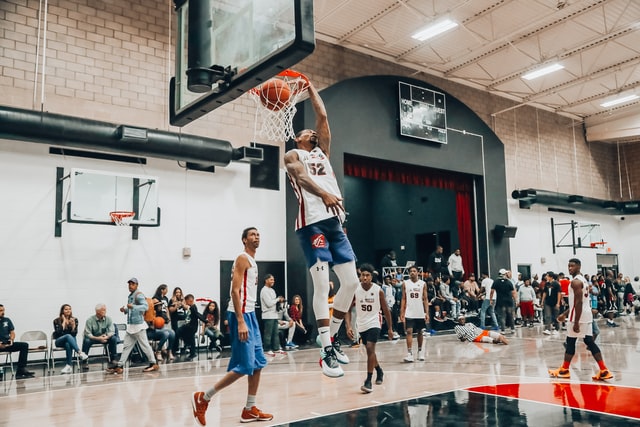The debate is finally over! Under pressure from a collection of impending state laws, the National Collegiate Athletic Association (NCAA) adopted an interim name, image, and likeness (NIL) policy, effective July 1, 2021. The policy remains subject to a variety of state laws that have been implemented, and NCAA and congressional leaders have indicated a desire for a more permanent, national solution. Nevertheless, college athletes are now officially permitted to capture revenue related to their NIL.
As a result, collegiate sports were active this past spring in a unique way. In addition to normal preparation for the fall season, students, administrators, and the broader public were focused on the earnings potential of amateur athletes during their college career.
Social Media Influencers
Social media trends continue to rise, and virtually everyone has at least one preferred social platform for communication. Audiences use social media apps and online forums to peruse daily news feeds, catch up on current events, and find the best party spot for a holiday weekend. The most popular accounts have upwards of a hundred thousand followers that tune in on a regular basis. This passionate, mass audience can be persuaded to make purchasing decisions or political activations based on the influence of the celebrity behind a social media account.
Lucrative Online Activity
Collegiate students and athletes take pride in their online presence, like Florida gymnast Leah Clapper and her popular blog. Others have podcasts that cover a range of interesting and relevant topics. Thanks to the updated name, image, and likeness allowances, these hard-working student-athletes can now earn extra income through their online activity. Clapper wrote and hosted a popular food blog for several years, yet was not able to profit from her work until now.
There is no shortage of college athletes with major social media followings. Before going professional, Clemson quarterback Trevor Lawrence, for example, had hundreds of thousands of followers and was heavily active in the campus community. His influence reached a broad audience, both locally and nationally, and could have led to major endorsements during his college career. The value of such endorsements is difficult to measure, but many studies seek to estimate potential earnings.
Evaluating Earning Potential
The ability of college athletes to monetize their NIL brings challenges for athletes, administrators, and outside entities seeking to enter into a financial relationship with student-athletes. The NCAA’s interim policy maintains prohibitions on pay-for-play and impermissible inducements, though state laws can potentially override these restrictions. While navigating this evolving landscape, a primary concern for all parties involved is to accurately determine fair market value and future earning potential.
This important financial analysis could be influential in determining how much money a student-athlete earns through an NIL activity, or even ensuring compliance with NCAA and state regulations. Student-athletes’ ability to earn money could also impact decisions on when to enter the professional ranks, potentially providing incentives to remain in school longer. Few companies have the bandwidth and breadth of knowledge or experience to accurately assess the name, image, and likeness income maze. Appraisal Economics not only has an impressive valuation background, but we also have extensive experience in the sports and social media industries. Please schedule a free consultation with us today!

